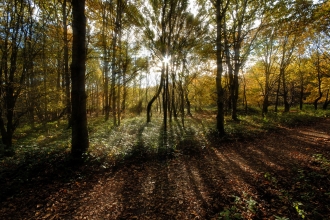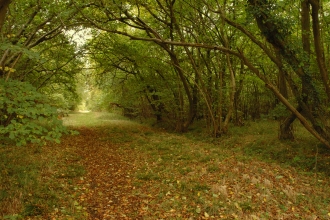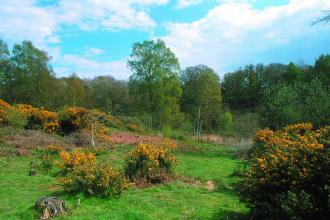Did you know around half the world's bluebells are found in the UK
How to tell a native bluebell from the rest
Some of our woodland nature reserves are starting to put on their spectacular spring displays of carpets of bluebells.
Sadly, our native bluebell is losing ground to the Spanish bluebell. Introduced by the Victorians as a garden plant, the Spanish bluebell has made it 'over the garden wall' and out into the wild where it crossbreeds with our native plants and produces fertile hybrids with a mix of characteristics.
Use the information below to help you know what kind of bluebell you are looking at. If you see any of the characteristics of the Spanish bluebell then you are looking at a hybrid.
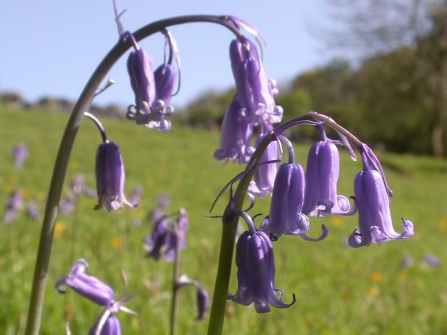
Native bluebells (Hyacinthoides non-scripta)
- Distinctive 'droop' like the top of a shepherd's crook
- Sweet, cool perfume
- Narrow bell-shaped flowers with rolled back tips
- Creamy white pollen
If your bluebells have all of these characteristics then they're native bluebells.
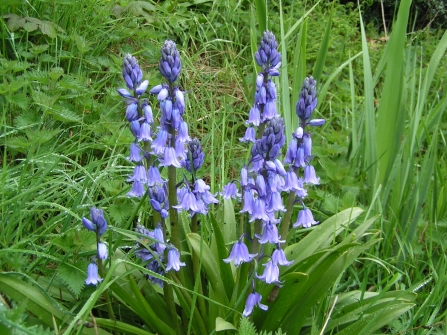
Spanish bluebells (Hyacinthoides hispanica) and hybrids
- Upright stems
- No scent
- Conical bell-shaped flowers with open tips
- Blue pollen
If the bluebells you see have some or all of these characteristics then they're not a pure native bluebell.
Where to see beautiful bluebells
Stay up-to-date with our work
Sign up below to receive the latest news from BBOWT, tips about how you can help wildlife, plus information on how you can get involved.


